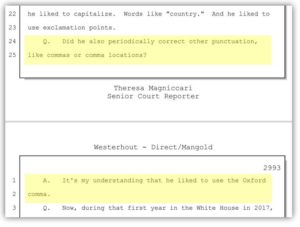Writing is more craft than art. Get the craft right – putting practice before inspiration – and art may come. Ignore the craft, and no reader will mistake the result for art. Fine craft beats bad art.
In that spirit, I offer these tips chiseled years ago for a cub writer seeking practical advice.
1. Know what you want to communicate. Then write it – with precision.
2. Get to the point. Quickly.
3. Embrace short. Short words and sentences make reading easier.
4. Favor active voice sentences. Subject-Verb-Object: “Dog chewed bone,” not “Bone was chewed by dog.”
5. Start strong, end strong. For sentences, paragraphs, stories.
6. Craft crisp topic sentences. Tell readers where you’re going before going there.
7. Avoid proper names goulash. Proper names are to readers what bowling pins are to jugglers: difficult to handle all at once. Introduce them singly and sparingly.
8. Let verbs power sentences. Choose well.
9. Kill clichés. Writing with clichés = painting by number.
10. Trim fat. Write. Then read and trim – words, sentences, paragraphs. Repeat.
11. Write like you talk. Only better.
More About Writing
When an old word is a new friend




